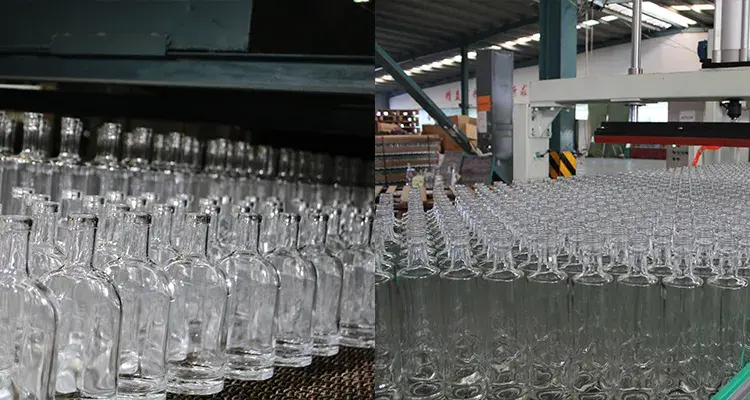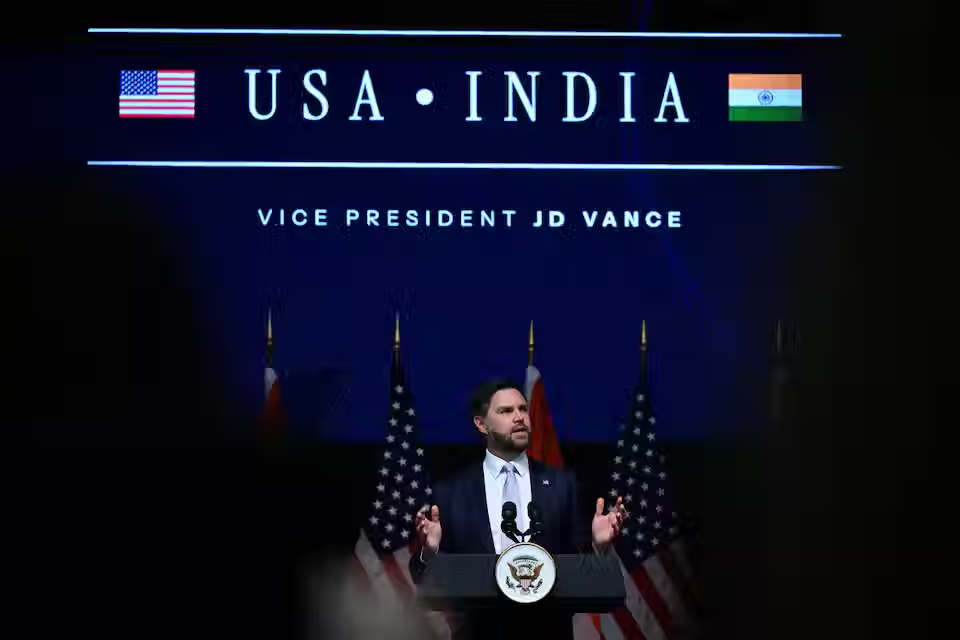JD Vance in India: Is This the Tipping Point for a Billion-Dollar Glass Bottle Export Boom?
- Maaricha

- Apr 23
- 3 min read

Introduction: Why This Visit Is a Game-Changer
When JD Vance, the U.S. Vice President, landed in India this week for high-stakes meetings with Prime Minister Narendra Modi, few could have predicted how much this diplomatic moment would ripple through global trade—especially in one of India’s fastest-growing sectors: glass bottle manufacturing.
India has long been a rising star in the packaging world, but this visit signals a massive leap forward. With both nations aiming to scale bilateral trade beyond $500 billion, India’s glass packaging industry—from bottles to corks and closures—is in a prime position to benefit. If you're in the packaging business or watching global trade trends, this is a moment you can't afford to ignore.
U.S. Needs Alternatives. India Is Ready.
In the wake of rising geopolitical tensions, labor shortages, and sustainability concerns, American importers are actively seeking reliable suppliers outside China. India offers the perfect trifecta: scalability, sustainability, and customization—especially in glass manufacturing.
Maaricha, a leading Indian manufacturer and exporter of high-quality glass bottles and cork closures, is already seeing spikes in inquiries from U.S. buyers anticipating policy shifts.

What JD Vance’s Visit Means for the Glass Bottle Industry
Here’s why this meeting is a potential goldmine for Indian exporters:
✅ Lower Tariffs Could Be on the Table: If U.S.-India trade deals include tariff relaxations, expect Indian glass bottles and corks to enter the U.S. at more competitive rates.
📈 Surge in Demand: The American beverage, cosmetic, and pharmaceutical industries are hungry for reliable, cost-effective packaging. India could become the go-to sourcing hub.
♻️ Push for Sustainable Imports: The U.S. is prioritizing eco-friendly packaging. India’s glass bottles—100% recyclable and customizable—are a perfect fit.
🤝 Fast-Track for Regulatory Clearances: High-level diplomacy often leads to streamlined processes for import-export clearances, which means faster go-to-market timelines for Indian suppliers.
Why Glass Bottle Manufacturers Should Act Now
The window of opportunity is wide open—but not forever. Here’s how glass bottle and cork manufacturers can prepare to ride this export wave:
1. Audit for U.S. Compliance
Ensure your factory certifications and product standards meet U.S. FDA and industry-specific compliance.
2. Invest in Custom Moulds
U.S. buyers love differentiation. Offering custom moulds with low MOQs (like Maaricha does) can win high-value contracts.
3. Go Green
Sustainability is no longer optional. Use recycled content, reduce carbon emissions, and document your efforts—U.S. buyers are watching.
4. Upgrade Packaging & Branding
For B2B exports, your product is the hero. Make sure your packaging, labels, and documentation are retail and regulation ready.
How Maaricha Is Leading the Pack
With exports to over 30 countries and custom MOQ solutions for every industry—from liquor to cosmetics—Maaricha is already aligned with this new trade landscape. Our robust production standards, fast turnarounds, and commitment to quality have made us a top pick for U.S. and European importers.
🔍 Want to get ahead of the trade curve? Contact us today to explore export-ready glass bottles, corks, and closures tailored for U.S. markets.

Conclusion: This Isn’t Just a Visit. It’s a Revolution.
JD Vance’s India visit isn’t just another diplomatic event—it’s a launchpad for the next generation of U.S.-India trade. For Indian glass bottle exporters, it’s a wake-up call to scale, optimize, and go global—before competitors catch up.
The world is watching. American buyers are ready. And India’s glass packaging industry is standing on the edge of a global breakthrough.
JD Vance | glass bottle



Comments